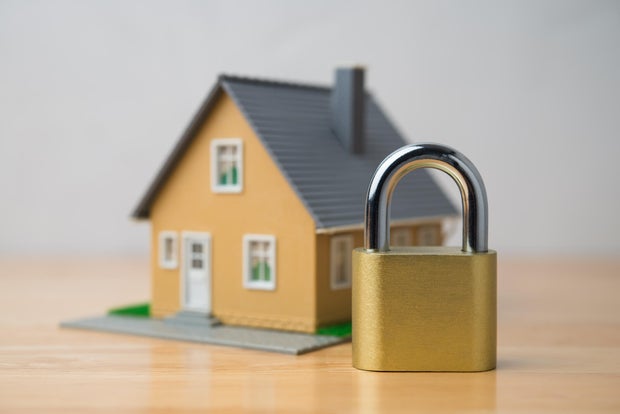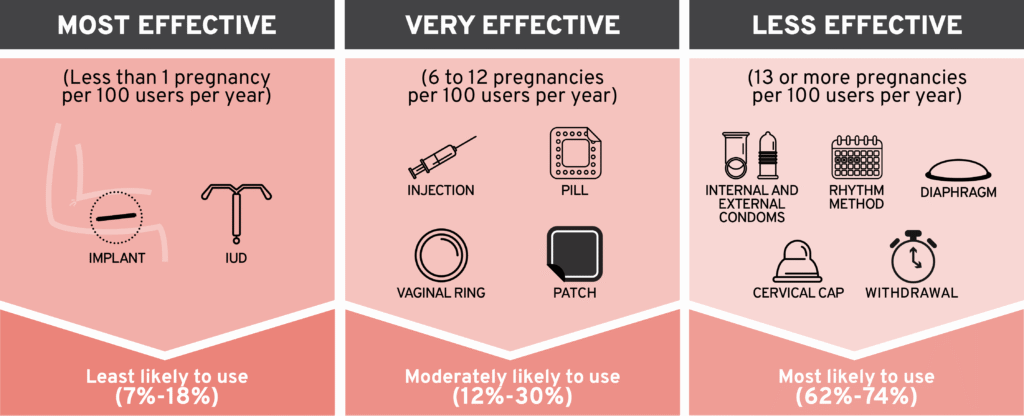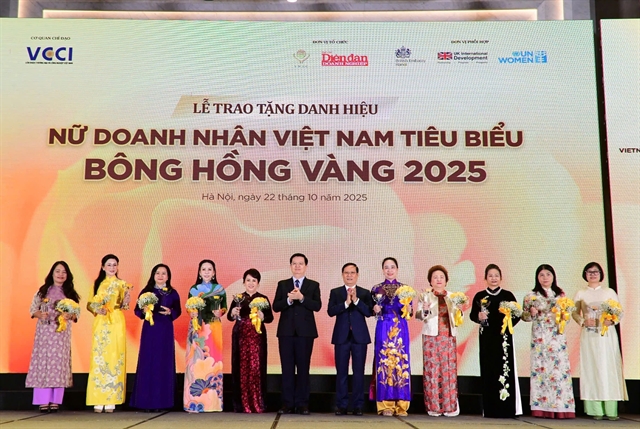Report on Home Equity Financing and its Alignment with Sustainable Development Goals
Executive Summary
This report analyzes the current climate for home equity financing, specifically home equity loans and Home Equity Lines of Credit (HELOCs), in the context of anticipated Federal Reserve interest rate adjustments. It evaluates borrowing strategies and their potential alignment with the United Nations Sustainable Development Goals (SDGs), particularly those concerning economic stability, sustainable infrastructure, and reduced inequalities.
Current Financial Environment and Economic Implications
The financial landscape is characterized by a favorable borrowing climate, with mortgage, HELOC, and home equity loan interest rates at multi-year lows. This environment is largely influenced by the Federal Reserve’s monetary policy, with further rate cuts anticipated. This policy action directly impacts several SDGs:
- SDG 8: Decent Work and Economic Growth: A stable and predictable interest rate environment fosters sustainable economic growth by encouraging responsible borrowing and investment.
- SDG 17: Partnerships for the Goals: The actions of central banks like the Federal Reserve demonstrate the critical role of global macroeconomic policy in creating the conditions necessary to achieve sustainable development.
Market analysis indicates a high probability of a rate reduction at the upcoming Federal Open Market Committee (FOMC) meeting. This expectation has already influenced lender offerings, creating a complex decision-making scenario for homeowners seeking to leverage their equity.
Analysis of Home Equity Financial Instruments
Homeowners have two primary instruments for accessing home equity, each with distinct implications for financial planning and sustainability objectives.
- Fixed-Rate Home Equity Loans: These provide a lump-sum payment with a fixed interest rate, offering predictability and stability. This aligns with SDG 1 (No Poverty) by protecting borrowers from interest rate volatility that could lead to financial distress. However, locking in a rate before an anticipated cut may result in a higher long-term cost, potentially limiting a household’s capacity for other sustainable investments.
- Variable-Rate Home Equity Lines of Credit (HELOCs): These function as a revolving line of credit with an interest rate that fluctuates with market benchmarks. In a declining rate environment, HELOCs offer the potential for lower borrowing costs. This flexibility can support ongoing projects, but the inherent volatility poses a risk that could undermine financial security, conflicting with the stability sought under SDG 10 (Reduced Inequalities) if not managed properly.
Strategic Alignment with Sustainable Development Goals
The decision to utilize home equity and the choice of financial instrument can be strategically aligned with several key SDGs. The capital accessed through these loans can serve as a direct investment in sustainability targets.
- SDG 11: Sustainable Cities and Communities: Proceeds can be used for home retrofits, such as installing solar panels, improving insulation, or upgrading to energy-efficient appliances. This enhances the sustainability of housing stock and contributes to more resilient communities.
- SDG 9: Industry, Innovation, and Infrastructure: Investing in home infrastructure, such as creating a dedicated home office for remote work or upgrading digital connectivity, supports modern, resilient infrastructure and new modes of sustainable work.
- SDG 8: Decent Work and Economic Growth: Home equity can provide seed capital for small business creation or expansion, fostering entrepreneurship, creating jobs, and stimulating local economic growth.
- SDG 12: Responsible Consumption and Production: Financing sustainable home improvements encourages responsible consumption patterns and promotes the adoption of green technologies at the household level.
Conclusion and Recommendations
The decision of whether to secure a home equity loan before the Federal Reserve’s meeting requires a comprehensive assessment. While locking in a fixed rate offers stability, a variable-rate HELOC may provide greater cost-effectiveness in a falling-rate environment. From a sustainability perspective, the optimal choice depends on the borrower’s risk tolerance and intended use of funds. It is recommended that borrowers evaluate these financial products not only on their economic merits but also on their potential to advance personal and global sustainability objectives. A thorough comparison of both options is essential for making a financially sound and socially responsible decision.
Analysis of the Article in Relation to Sustainable Development Goals
1. Which SDGs are addressed or connected to the issues highlighted in the article?
Based on a thorough analysis of the provided article, there are no Sustainable Development Goals (SDGs) that are directly addressed or connected to the issues discussed.
- Explanation: The article’s content is exclusively focused on consumer finance, specifically providing advice to homeowners about home equity loans and Home Equity Lines of Credit (HELOCs). It discusses topics such as mortgage interest rates, Federal Reserve policy, and the strategic timing for locking in loan rates. The text does not mention or allude to any of the broader social, economic, or environmental themes that form the core of the SDGs, such as poverty eradication, sustainable cities, climate action, reduced inequalities, or global health.
2. What specific targets under those SDGs can be identified based on the article’s content?
As no SDGs were identified in the article, no corresponding specific targets can be identified either.
- Explanation: The article does not contain information related to any of the 169 targets of the SDGs. For instance, it does not discuss ensuring access to affordable housing (Target 11.1), enhancing access to financial services for all (Target 8.10), or any other specific goal-oriented objective outlined in the 2030 Agenda for Sustainable Development. The focus remains narrowly on financial products for existing homeowners in a specific market context.
3. Are there any indicators mentioned or implied in the article that can be used to measure progress towards the identified targets?
The article does not mention or imply any indicators that can be used to measure progress towards SDG targets.
- Explanation: The article mentions several quantitative figures, such as mortgage interest rates (“hovering around a three-year low”), home equity loan rates (“averaging between 8.13% and 8.28%”), HELOC rates (“average rate of just 7.84%”), and the probability of a Federal Reserve rate cut (“a 98.9% certainty”). While these are financial indicators, they serve to measure market conditions and inform consumer financial decisions. They are not the official or proxy indicators used to track progress on the social, environmental, and economic objectives of the Sustainable Development Goals.
SDGs, Targets, and Indicators Table
| SDGs | Targets | Indicators |
|---|---|---|
| No relevant SDGs were identified in the article. | No relevant targets were identified in the article. | No relevant indicators for measuring SDG progress were identified in the article. |
Source: cbsnews.com







